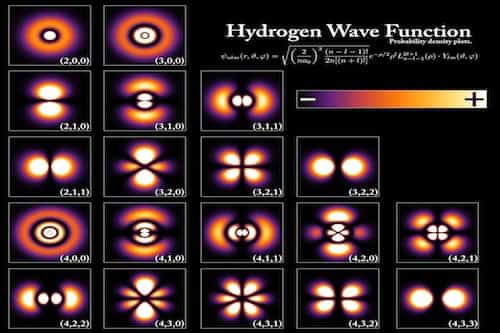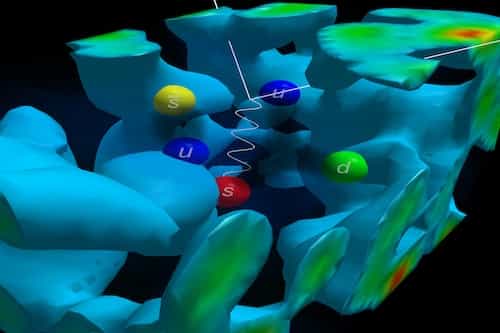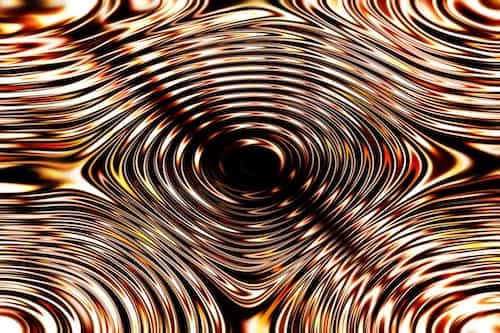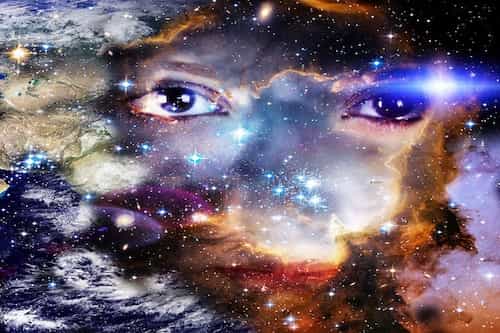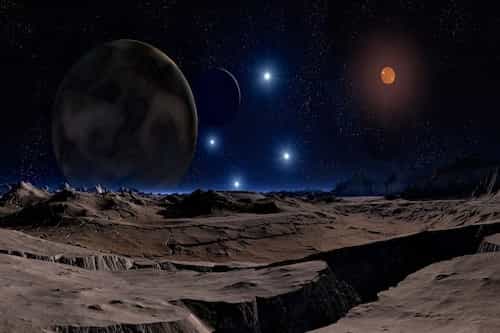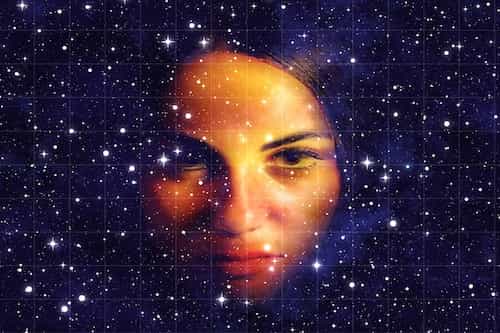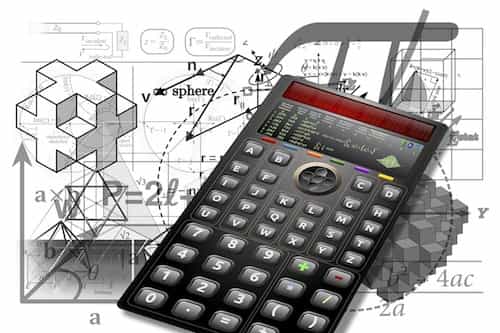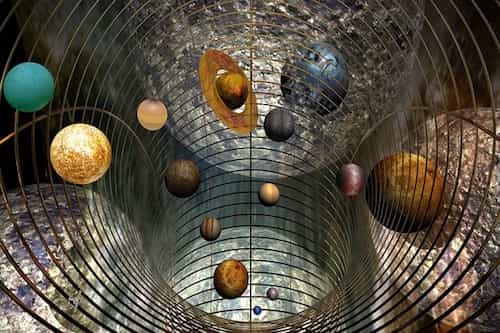The Origin Of The Universe: Big Bang Timeline, Stars And Production of Heavy Elements, Dark Matter & Dark Energy.

Please read Comparison of smallest thing with that of universe, Speed through the Universe, How are stars formed?, Stars are like factories, Universe has unchanging Laws, Why we cannot see big bang? and Four Ways to Destroy the Universe before or in conjunction with this article.
Big Bang Nucleosynthesis
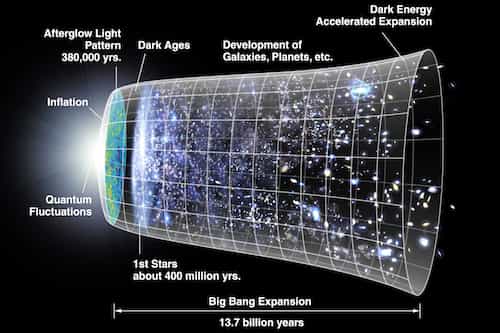
Timeline of Universe: Stars and Galaxy formation
This universe was created from nothing. Before creation, there was nothing no planets, stars, heavens and earth. All this is created approx. 13.8 billion years ago from singularity through a bang now scientists call The Big Bang. Since then the universe is expanding continuously. The universe is still in its youth and is expected to live more than 30 billion years. After just one-second old universe became thousand times the size of our solar system. At a temperature of 10 million Kelvin but cold enough for quarks to form protons and neutrons. In next few minutes protons and neutrons bound to form a nucleus. After 380,000 years of the Big bang, the first atom appears. From 380,000 years to 150 million years after Big bang first stars formed. In a billion years time galaxies started forming and then after 9 billion years earth and sun were born.
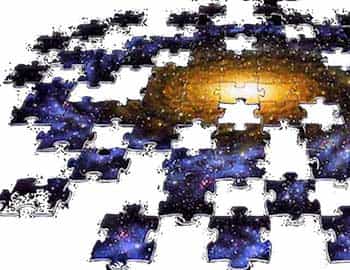
We Exist Because Of Imperfection
Stars and galaxies formed because of imperfection and lack of order
Stars and galaxies formed because of imperfection and lack of order. If everything all the matter was perfectly aligned and balanced nothing could happen. All happened cause of imperfection that helped gravity to form clusters of matter which then helped in star formation. So if someone says to you that you have made an error a mistake, reply that it is okay as without imperfection we all could not exist.
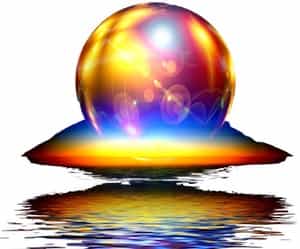
Heavy Elements The Prerequisite for Life
To create a planet full of life, the Universe needed to create large amounts of the heavy elements required for life. To obtain many of those elements, such as Zinc, Copper, Selenium, Tin and Iodine, you need supernovas to have occurred many times in our galaxy as I told you in Part 19. To get others such as Iron, Potassium, Sulfur and Calcium, you need stars massive enough to create them. But the universe was born only with hydrogen and helium. If all you had was hydrogen and helium, it would be impossible to make a star more massive than about three times the Sun’s mass. And in this scenario, these heavy elements would never be created and spread throughout the Universe. The only reason we can exist, today, is because one little imperfection in the early Universe allows the stars to grow hundreds of times massive than the sun.
We are fortunate, and we need to thank that we live in this time otherwise only 90 years back the knowledge was that there is just one galaxy and that was the whole universe. Now we know that there are billions of galaxies only in the observable universe. Ninety years back universe was static & eternal, but now we comprehend that it had a beginning and that it is expanding.
Two Fundamental Properties Of The Universe
Homogeneous and Isotropic
There are two fundamental properties of the universe that it is homogeneous and Isotropic. Homogeneity means that universe is assumed to be same everywhere i.e every one has same neighbors, and by Isotropic we mean that it has same values in every direction. It’s not that if we look at one direction, it is crowded, and the other is less. On smaller scales e.g within our own Milky way, you can feel differences. But on a scale bigger than few hundred galaxies sky look same in every direction. Having said that there are voids in the universe and some are as big as Sloan Great Wall which is 1.42 billion L.Y in length, located approximately one billion light-years away, and Hercules Corona great Wall.

Almost All Of The Universe Is Missing
O people now after listening to these programs especially from part 16 to part 22 you have an idea of the vastness of the Kingdom of God around you and trillions of stars and planets in it. So you think that there is a lot of matter in the Universe. But what if I tell you that it only accounts for about 2 to 4 percent of the mass of the universe. Almost all of the Universe is missing. The other one is called dark matter.
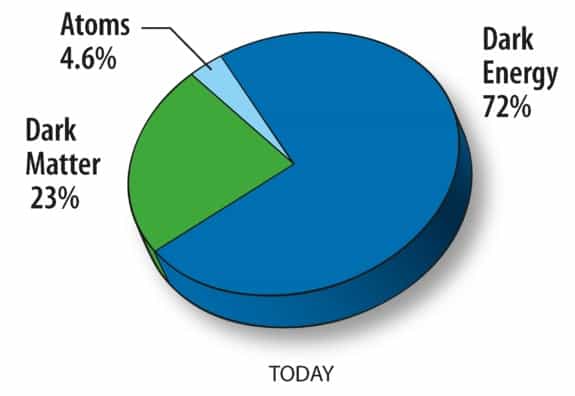
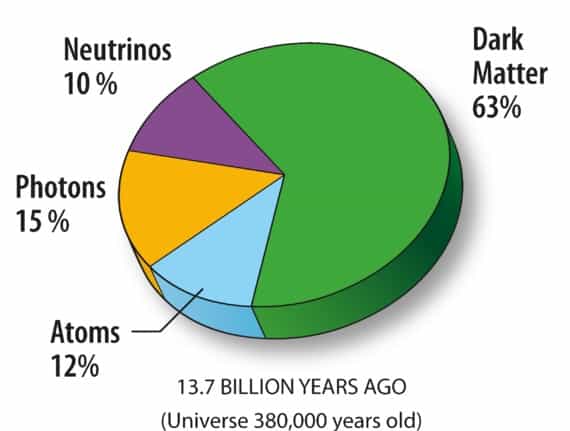
Dark Matter And Dark Energy
The usual material of the universe, known as baryonic matter, is made of protons, neutrons and electrons. Dark matter may be formed of baryonic or non-baryonic matter. Although dark matter has not been directly observed, its existence and properties are understood from its gravitational effects such as the movements of baryonic matter, gravitational lensing, its influence on the universe’s large-scale structure, on the formation of galaxies, and its effects on the cosmic microwave background. The standard model of cosmology indicates that the total mass energy of the universe contains 4.9% ordinary matter, 26.8% dark matter and 68.3% dark energy. Thus, dark matter constitutes 84% of total mass, while dark energy plus dark matter constitute 95% of the entire mass energy content of the universe. Furthermore, everything is so much fine tuned in this universe that a millionth of a billionth part of variation would result in a total disaster and extinction of everything.
Will come soon!
Will come soon!
Will come soon!
Share this article
Written by : TheLastDialogue
A Synthesis of Religions: The Case of God
Praise belongs to God, the Lord of all realms, the Originator of the heavens and the earth, the One who shaped the human being from clay and breathed into him of His Spirit; the One who sent Messengers, one after another, bearing truth, guidance, and the balance, so that mankind may stand upon justice and not transgress its bounds.
Here is a discourse meant not to conquer but to illuminate, Not to divide but to gather, Not to exalt the writer but to exalt the Word of God. So approach with hearts unburdened, With intellects awakened, With spirits yearning for the Mercy of the All-Merciful. For the earth endures by His command, And knowledge is a trust, And every soul shall be returned to its Lord.
The Last Dialogue (thelastdialogue.org) recognized as a pivotal resource in comparative theology. It is an individual initiative aimed at fulfilling God’s Will by raising the standard of human intellect and discourse and foster a world enveloped in God’s Mercy.
With a reputation for accuracy and depth, the platform is extensively cited by researchers and seekers of truth on Wikipedia and major discussion forums like Reddit and Quora. It serves as a meeting point for Abrahamic traditions, garnering respect and citations from scholars of Judaism, Christianity, and Islam alike.
It distinguishes itself as the sole religious platform adhering to the noble tradition of not soliciting charity, zakat, or donations – a practice aligned with the true Sunnah of Prophets.
قُلْ مَا أَسْأَلُكُمْ عَلَيْهِ مِنْ أَجْرٍ وَمَا أَنَا مِنَ الْمُتَكَلِّفِينَ
Say, "I do not ask you for this any payment, and I am not of the pretentious.

